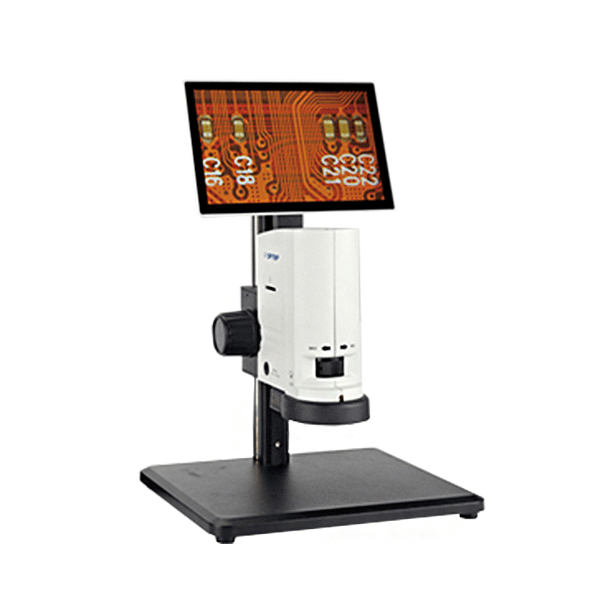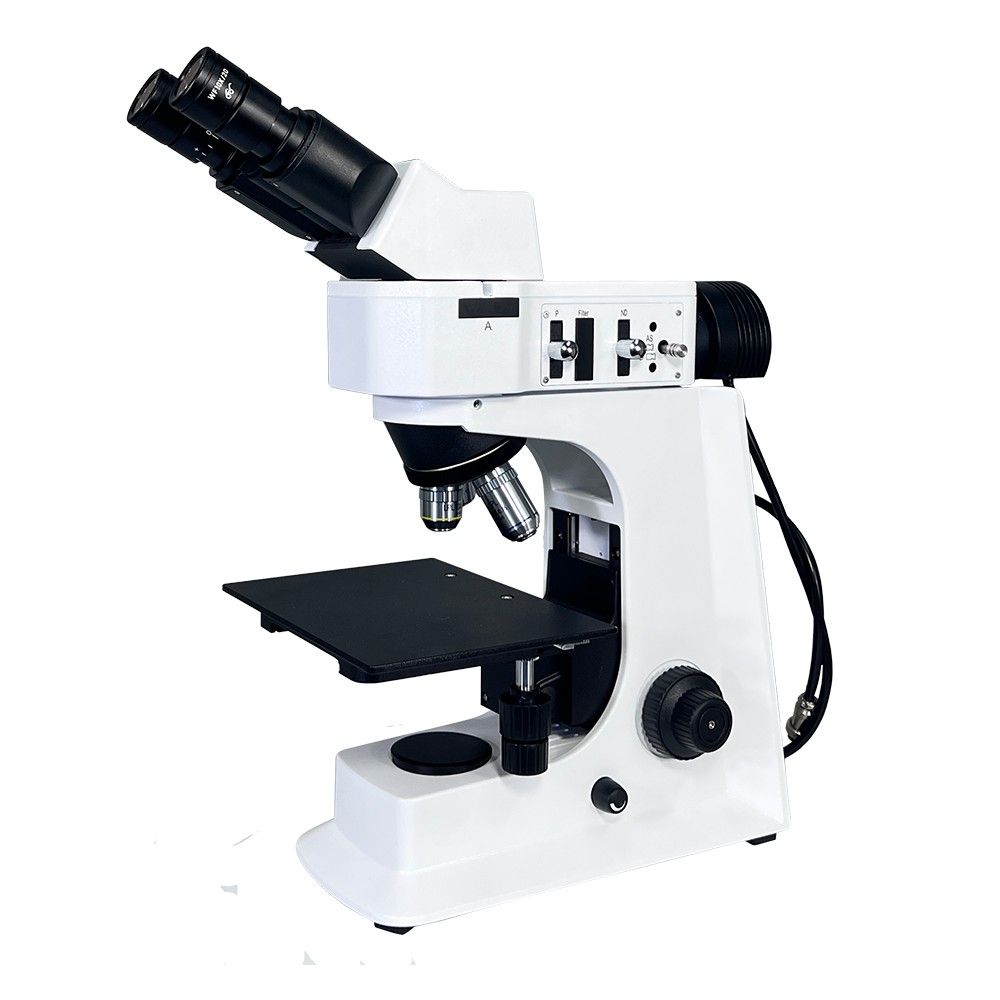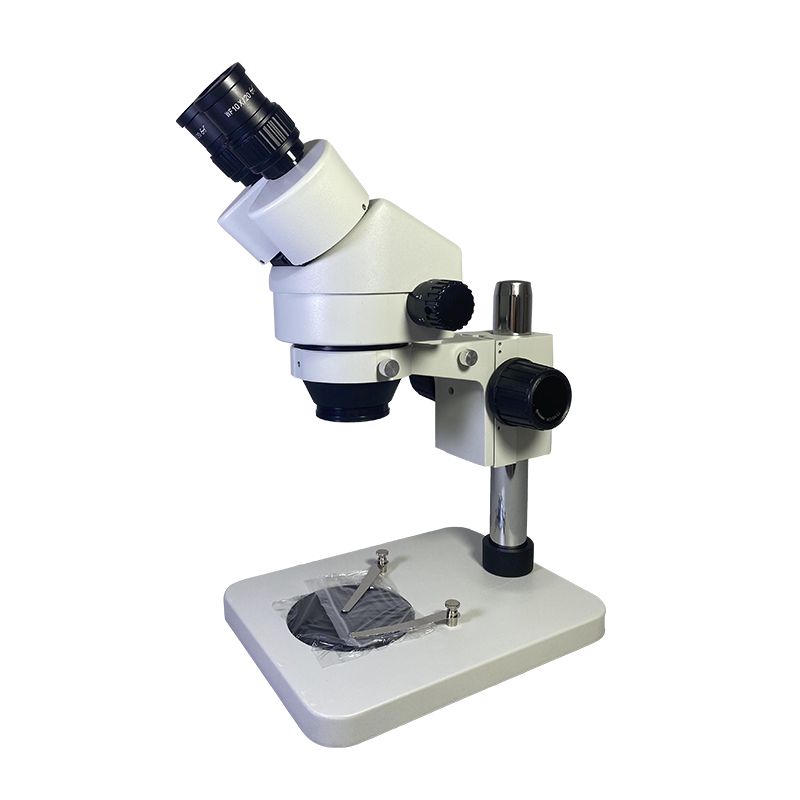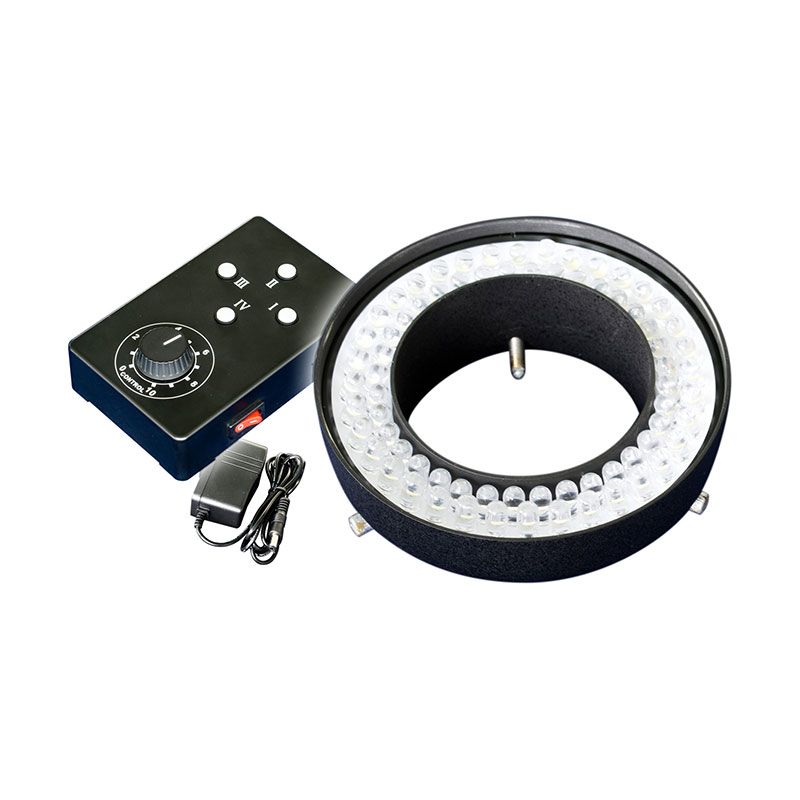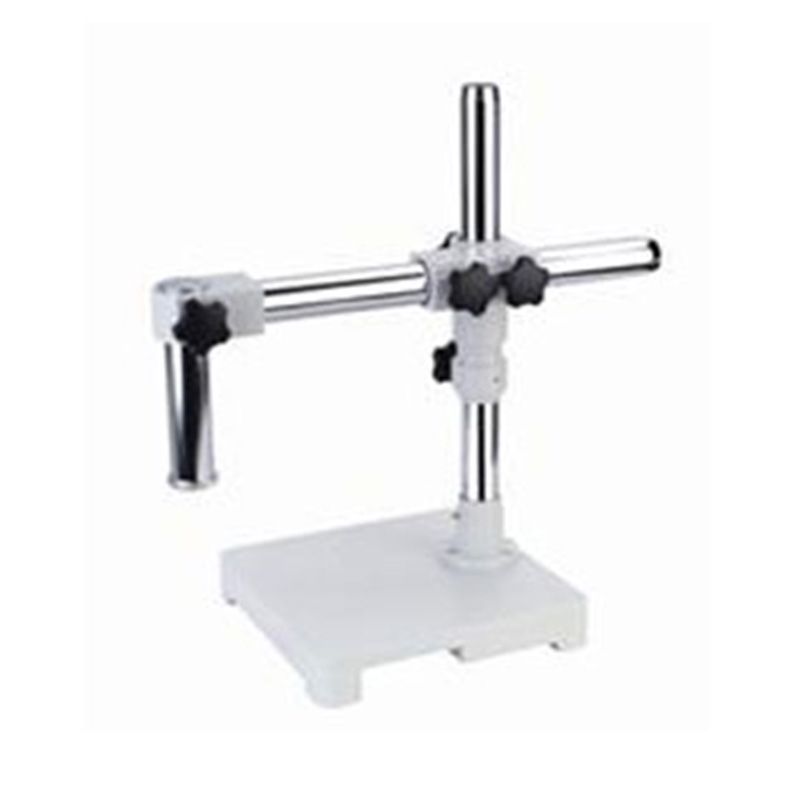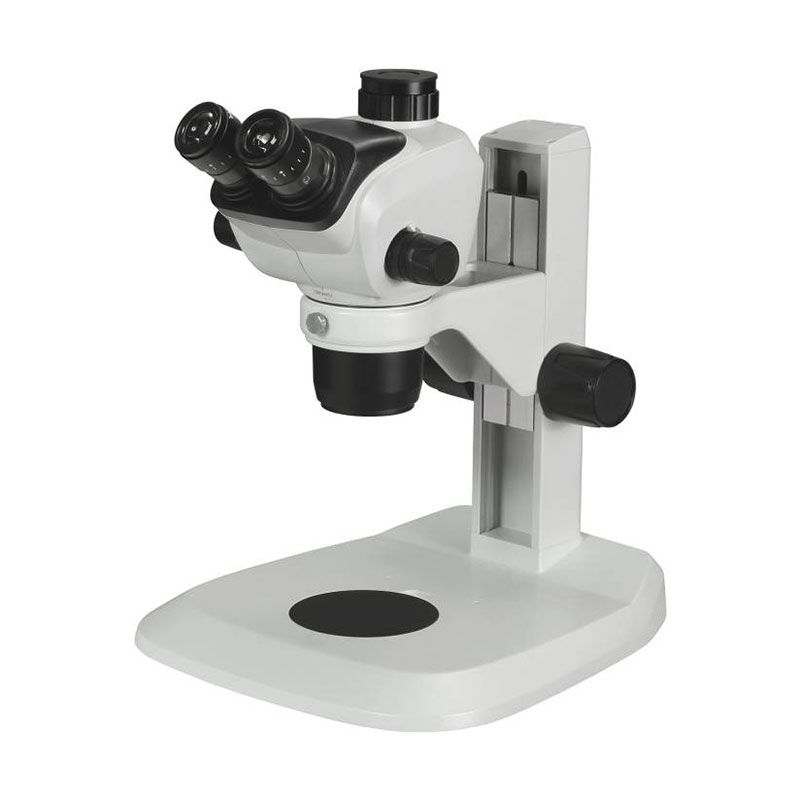Microscopes are essential tools in scientific research, education, and various industries, allowing us to observe objects and organisms that are otherwise invisible to the naked eye. Two of the most commonly used types of microscopes are compound microscopes and stereo microscopes. While both serve to magnify small objects, they have distinct differences in design, functionality, and application. This article explores the pros and cons of each type and provides guidance on choosing the right microscope for specific needs.
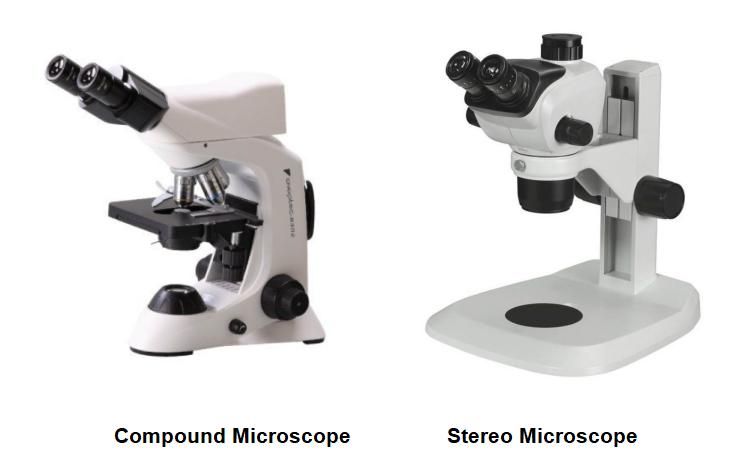
Compound Microscopes
A compound microscope is an optical instrument that uses multiple lenses to achieve high magnification, typically ranging from 40x to 1000x or more. It consists of an objective lens close to the specimen and an eyepiece lens through which the observer views the magnified image. Compound microscopes are designed for viewing small, thin specimens that light can pass through, such as cells, bacteria, and thin tissue sections.
Compound microscopes come in various types, each designed for specific applications and offering different features. Here are the main types of compound microscopes:
Fluorescence Microscopes: These microscopes use high-intensity light sources (such as mercury or xenon lamps) to excite fluorescent dyes or proteins in specimens, causing them to emit light of different wavelengths. Filters are used to isolate the emitted light for observation. Applications including Molecular biology, immunology, and medical diagnostics involving fluorescent labeling.
Polarizing Microscopes: These microscopes use polarized light to examine specimens that are birefringent (having different refractive indices in different directions). They have polarizers and analyzers to filter and analyze the polarized light. Applications including Mineralogy, crystallography, and materials science to study crystalline structures and stress patterns.
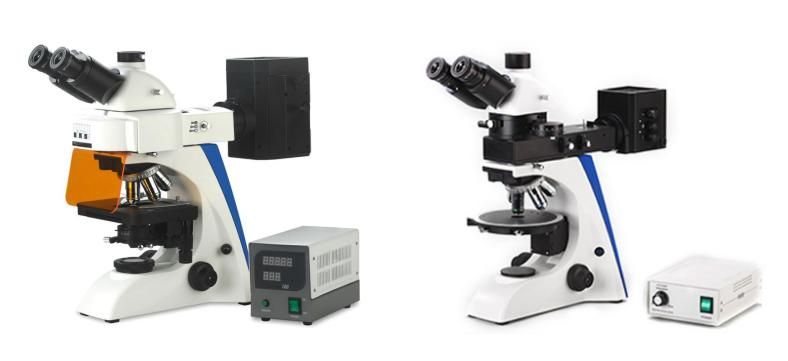
Inverted Microscopes: Unlike traditional compound microscopes, inverted microscopes have the light source and condenser above the stage and the objectives below it. This design allows viewing of specimens from below. Common used in Cell culture studies, live cell imaging, and observing specimens in petri dishes or flasks.
Metallurgical Microscopes: Designed for examining the surface structure and composition of metals and other materials, these microscopes use reflected light to view opaque specimens. Applications are Metallurgy, materials science, and quality control in manufacturing.
Digital Microscopes: These microscopes are equipped with digital cameras to capture images and videos of the specimen. They often connect to computers for image analysis and sharing. Applications including Education, documentation, and any field requiring digital imaging and analysis.
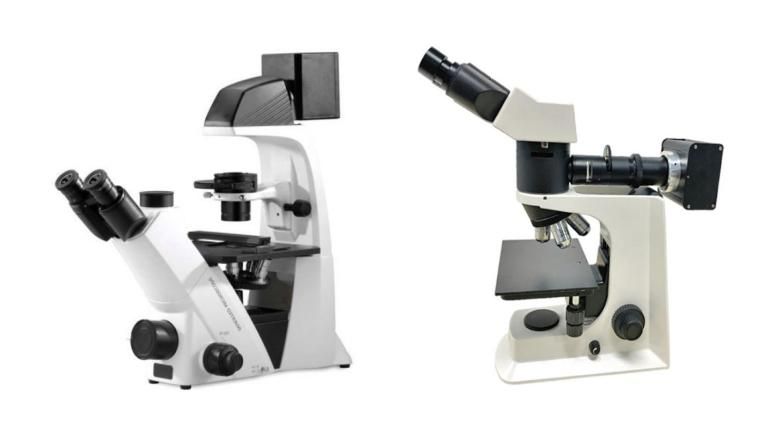
Pros of Compound Microscopes
- High Magnification Power: Compound microscopes can achieve magnifications ranging from 40x to 1000x or more. This high magnification power allows for detailed observation of very small specimens, such as cells, bacteria, and thin tissue sections.
- Detailed Observation: The use of multiple lenses (objective and eyepiece lenses) provides a clear and detailed image. This is essential for studying fine structures and intricate details of microscopic specimens.
- Versatility in Applications: Compound microscopes are widely used in various fields, including biology, medicine, materials science, and education. They are essential tools for research, diagnostic work, and teaching.
- Improved Resolution: Compound microscopes offer high resolution, which is the ability to distinguish two close points as separate entities. This is crucial for observing fine details and structures within specimens.
- Enhanced Image Clarity: Advanced models come with features like built-in illumination, adjustable diaphragms, and fine focus adjustments that improve image clarity and quality.
Cons of Compound Microscopes
- Limited Depth of Field: The high magnification of compound microscopes results in a shallow depth of field, making it challenging to focus on thick specimens or obtain a three-dimensional perspective.
- Specimen Preparation: Many specimens require preparation techniques such as staining, sectioning, and mounting on slides to be effectively observed under a compound microscope. This process can be time-consuming and requires skill.
- Higher Cost for Advanced Models: While basic compound microscopes are relatively affordable, advanced models with higher magnification, better resolution, and additional features can be expensive.
- Complexity in Usage: Operating compound microscopes, especially advanced models, can be complex and may require proper training and practice to use effectively.
- Fragility and Maintenance: Compound microscopes are delicate instruments that require careful handling and regular maintenance to ensure optimal performance. They can be easily damaged if not properly cared for.
- Size and Portability: Some compound microscopes can be bulky and heavy, making them less portable and requiring significant space for setup and storage.
Understanding these pros and cons helps in making informed decisions when selecting a compound microscope for specific applications and ensuring that it meets the requirements of the tasks at hand.
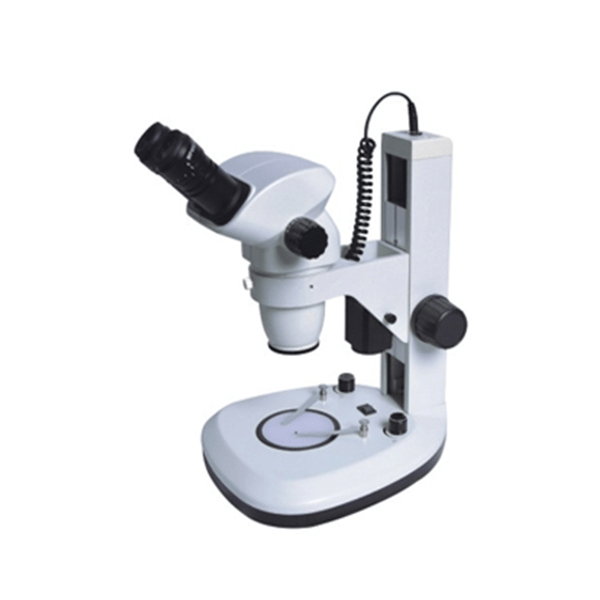
Stereo Microscopes
A stereo microscope, also known as a dissecting microscope, is an optical instrument designed for low magnification observation of three-dimensional objects. It typically provides magnification ranging from 10x to 50x. Unlike compound microscopes, stereo microscopes use two separate optical paths to create a three-dimensional image, giving depth perception to the observer. They are used for examining larger, solid specimens that do not require light to pass through them, such as insects, plants, and electronic components.
Pros of Stereo Microscopes
- 3D Visualization: Stereo microscopes offer three-dimensional viewing, providing depth perception and a detailed perspective of the specimen. This is especially useful for tasks requiring detailed manipulation and examination of objects.
- Large Working Distance: These microscopes have a significant working distance, allowing ample space between the objective lens and the specimen. This feature is beneficial for handling and manipulating specimens during observation.
- Greater Depth of Field: Stereo microscopes provide a greater depth of field compared to compound microscopes, allowing more of the specimen to be in focus at the same time. This is advantageous for examining larger, three-dimensional specimens.
- Ease of Use: Stereo microscopes are generally straightforward to use, requiring minimal preparation and setup. This makes them ideal for routine tasks and educational purposes.
- Versatility in Applications: These microscopes are used across various fields, including biology, botany, entomology, electronics, and industrial inspection. They are perfect for tasks such as dissection, assembly, and quality control.
- Robust and Durable: Stereo microscopes are typically built to be more robust and durable, capable of withstanding frequent use and handling.
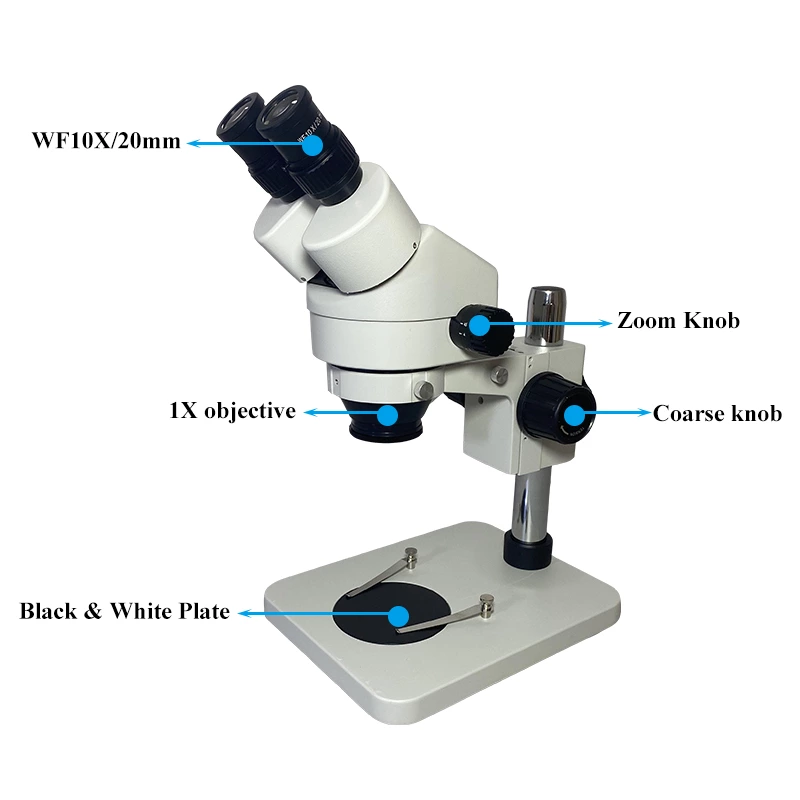
Cons of Stereo Microscopes
- Lower Magnification: Stereo microscopes offer lower magnification levels, typically ranging from 10x to 50x. This makes them unsuitable for observing very small or fine details that require higher magnification.
- Limited to Larger Specimens: They are not suitable for viewing thin, transparent specimens that require light to pass through them, such as cells and microorganisms.
- Bulky Design: Some stereo microscopes can be large and cumbersome, requiring more space and careful handling.
- Limited Detail Resolution: Due to their lower magnification power, stereo microscopes do not provide the high resolution needed for detailed observation of fine structures.
- Fewer Advanced Features: Compared to compound microscopes, stereo microscopes generally have fewer advanced features like phase contrast, fluorescence, or digital imaging options.
- Higher Cost for Specialized Models: While basic stereo microscopes are relatively affordable, specialized models with advanced features or higher quality optics can be more expensive.
Understanding these pros and cons can help you determine whether a stereo microscope is the right tool for your specific needs and applications, ensuring you selecting the most appropriate equipment for their tasks.
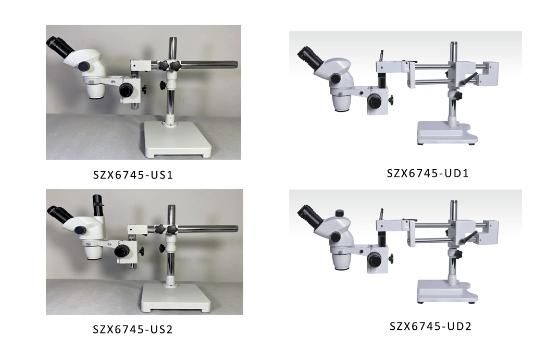
What are the Difference Between Compound and Stereo Microscope?
Here is a form sheet provides a clear comparison of the uses and characteristics of compound and stereo microscopes:
| Aspect | Compound Microscopes | Stereo Microscopes |
| Magnification Range | 40x to 1000x or more | 10x to 50x |
| Specimen Type | Small, thin, and transparent specimens (e.g., cells, bacteria, tissue sections) | Larger, solid, and three-dimensional specimens (e.g., insects, plants, electronic components) |
| Field of View | Smaller field of view | Larger field of view |
| Depth of Field | Shallow depth of field | Greater depth of field |
| 3D Visualization | No | Yes |
| Working Distance | Short working distance | Large working distance |
| Specimen Preparation | Often requires preparation (e.g., staining, sectioning) | Minimal preparation, can observe specimens directly |
| Portability | Generally less portable, can be bulky | Generally more robust and easier to handle |
| Cost Considerations | Basic models are affordable; advanced models can be expensive | Basic models are affordable; specialized models can be more expensive |
| Ease of Use | Requires training and practice | Generally straightforward to use |
For different applications, they also have some differences:
| Common Applications | Compound Microscopes | Stereo Microscopes |
| Applications in Biology | Studying cells, microorganisms, and tissue sections | Dissecting specimens, examining larger biological samples |
| Applications in Medicine | Diagnostic work, examining blood smears and tissue biopsies | Surgical procedures, examining larger medical specimens |
| Applications in Industry | Materials analysis, quality control, research in materials science | Inspecting electronic components, assembling small parts, quality control in manufacturing |
| Applications in Education | Learning about cellular structures and microorganisms | Exploring larger specimens, hands-on activities |
Choosing the Right Microscope
The best microscope for you depends on the type of specimen you want to observe. Here’s a quick guide:
For very small objects and high magnification: Choose a compound microscope.
For larger objects with 3D detail and manipulation: Choose a stereo microscope.
In some cases, having both types of microscopes can be extremely beneficial for a wider range of investigations.
ScopeLab offers an extensive range of microscopes, including compound, stereo, digital, and specialized models, catering to diverse fields such as biology, medicine, material science, and education. If you are not sure how to choose the microscope, please feel free to contact them.

